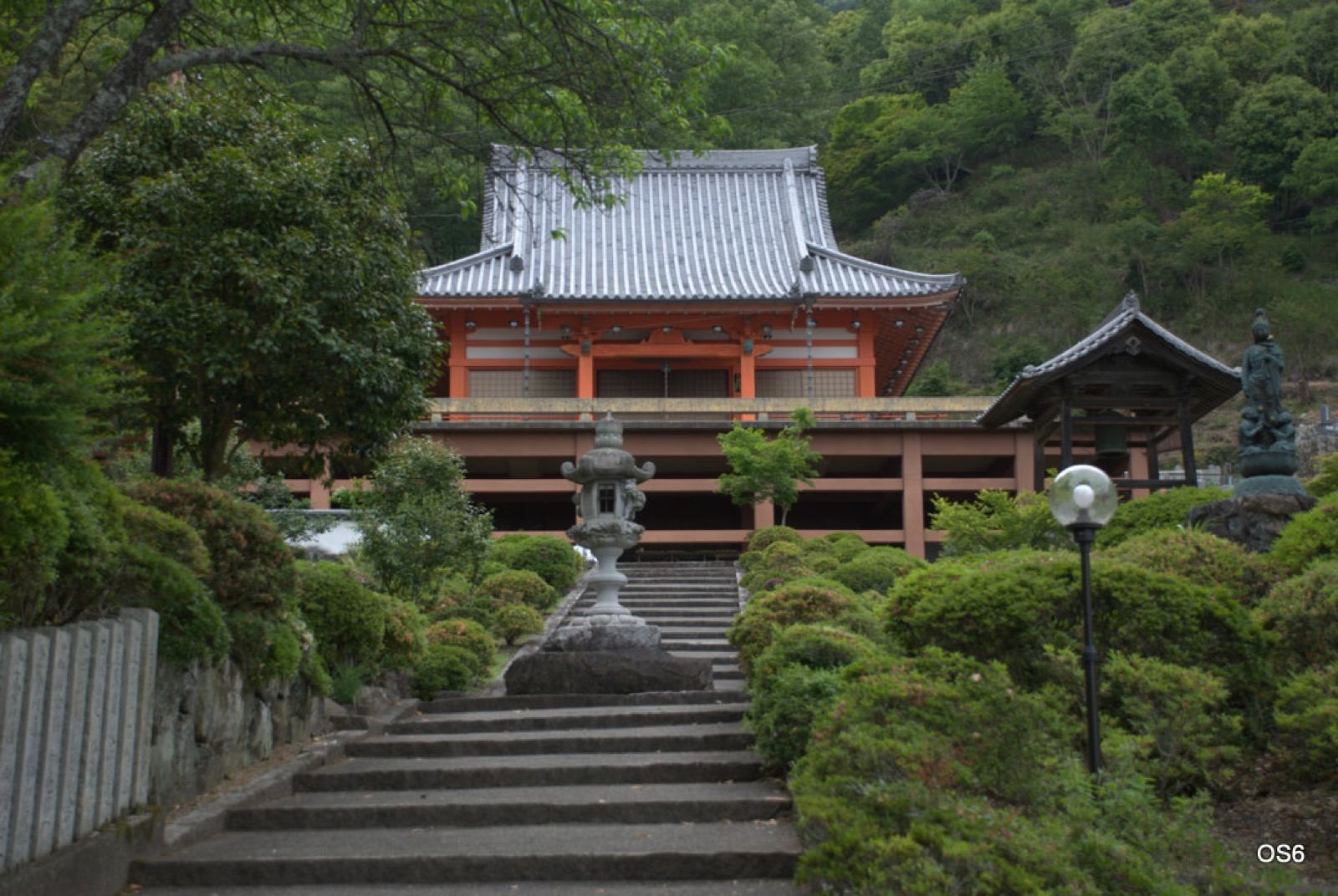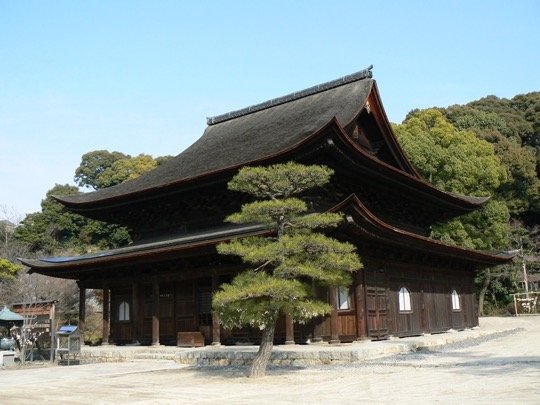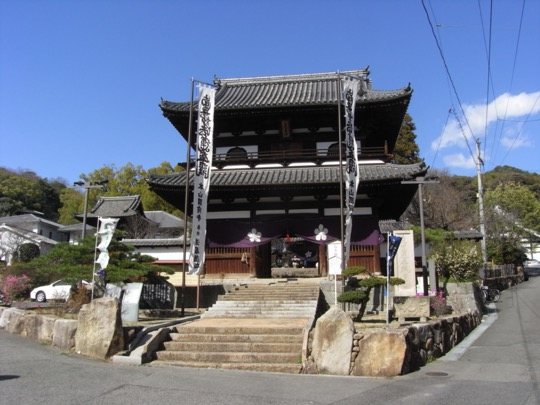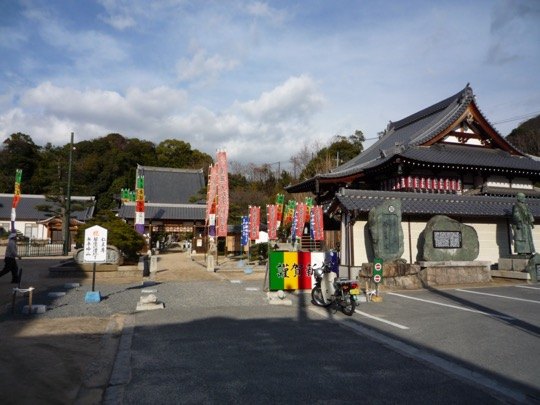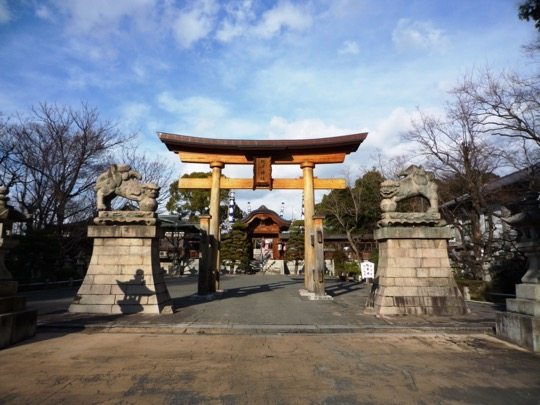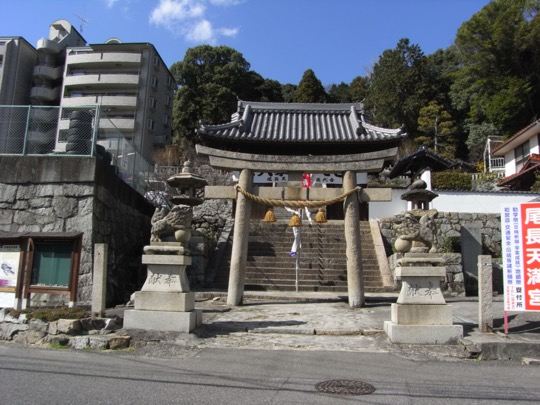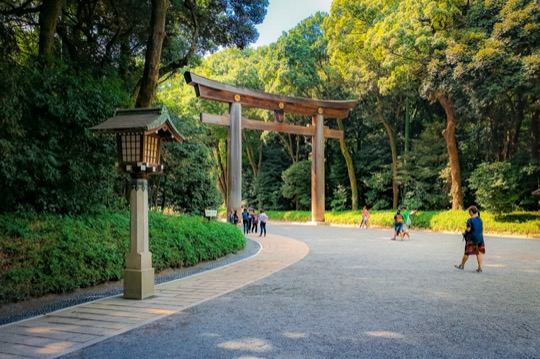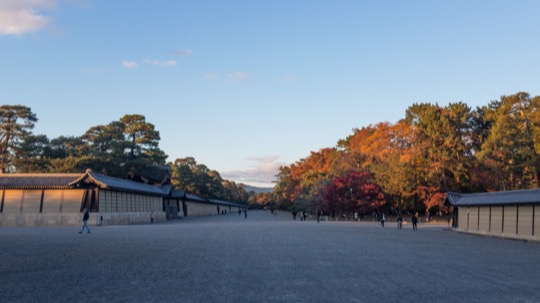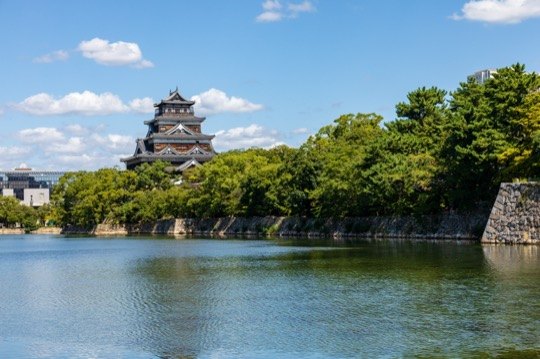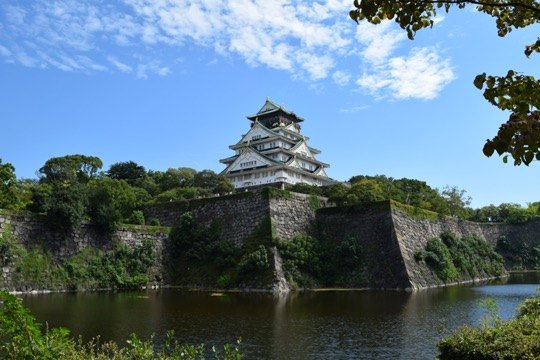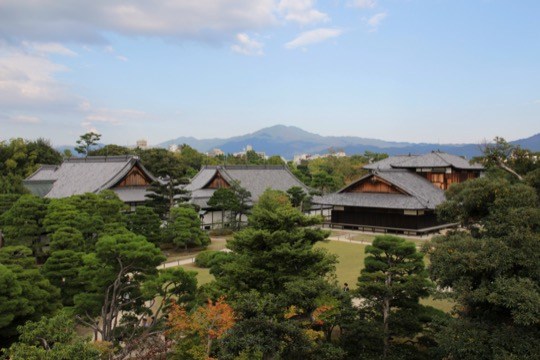Anrakuji Temple
Survivor of Hiroshima’s darkest day, home to a centuries-old ginkgo sentinel
On This Page
Anrakuji Temple in Hiroshima is a site of historical importance with a rich history. The temple, with a lineage tracing back around five centuries, stands as a symbol of perseverance amidst the adversities it has faced. Its main hall, marked by burns and a tilt indicative of its past afflictions, is a notable stop for visitors on Hiroshima’s Futabanosato Historical Walking Trail, serving as a point of reflection on the temple’s resilience during the atomic bombing and subsequent events.
Established nearly 500 years ago, Anrakuji Temple has been a silent witness to Japan’s dynamic history. It is a survivor of the atomic bombing of Hiroshima in 1945, which left the city in ruins. Although the temple was damaged, its main hall and gate managed to withstand the blast.
The present main hall of Anrakuji Temple is not its initial construction but rather a result of efforts to rebuild the structure in 1788 after a fire in 1758 destroyed the former building. This standing hall, while not the original, has become historically significant as it shows the effects of the atomic bomb, now leaning slightly from the explosion’s impact.
A notable feature of the temple grounds is a venerable ginkgo tree, believed to be around 350 years old. This tree has become an emblem of endurance, reportedly having played a role in protecting the main hall during the bombing by shielding the temple from the explosive shockwave. Its grandeur is visible in both its size and its symbolic standing in local narratives.
As part of the Futabanosato Historical Walking Trail, Anrakuji Temple offers visitors a chance to connect with Hiroshima’s layered historical narrative. The temple’s inclusion in this trail highlights its cultural importance to the region.
While exploring Anrakuji Temple, the ginkgo tree commands attention for its age and the tales associated with it. The temple’s structures, scarred by the events of the past, also invite examination. These elements contribute to the temple’s character, making it a place for both historical appreciation and reflective thought.
Getting There the easiest way to reach Anrakuji Temple
Around Anrakuji Temple
Nearby in Hiroshima the best attractions close to Anrakuji Temple
Fudoin Temple
Historic Shingon Buddhist temple in Hiroshima with deep cultural ties
Hiroshima Toshogu Shrine
Enshrining Tokugawa Ieyasu, the founder of the Tokugawa shogunate
Ikari Shrine
A historical shrine dedicated to a notable Edo period lord and a sea deity, surrounded by Hiroshima’s cherry blossoms.
Kokuzenji Temple
A sanctuary with a rich past and cultural treasures
Myojoin Temple
A site of heritage, featuring the Akou gishi statues and a historic ginkgo tree.
Nigitsu Shrine
Honoring Hiroshima’s Founding Lords: The Asano Clan and Their Enduring Legacy
Onaga Tenmangu Shrine
A beacon of cultural devotion surviving since 1640.
Tsuruhane Shrine
A historic sanctuary dating back to 1190 with a rich tapestry of cultural heritage.
Yatsurugi Shrine
17th-century shrine with a unique flood-prevention legend involving eight swords
